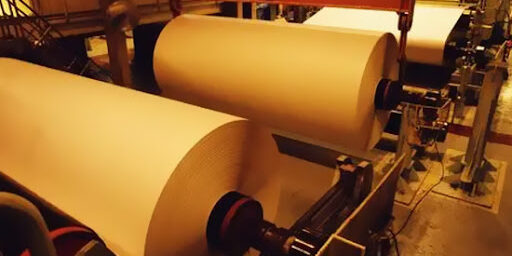Does everyone know the mechanism of action of defoamers?
Under the current situation of rapid development of the manager, defoamer, as a product often used in industrial production, plays a very prominent role in the application of defoamer products. However, with the continuous expansion of industrial production demand, more and more defoamers are used. And now there are more and more types of defoamers. So, do you know the mechanism of action of defoamer products? If not, take a look at how it is introduced below.
The so-called “foam” is an insoluble gas that enters the liquid under the action of external force and is surrounded by a liquid film to form a mutually isolated heterogeneous system. When foam is generated, the free energy of the system increases rapidly due to the rapid increase in the contact surface between the liquid and the gas. The increment of the free energy of the foam system is the product of the surface tension and the surface area increment. The difficulty of foam generation is directly related to the surface tension of the liquid system. The lower the surface tension, the smaller the free energy required for the system to form foam, and the easier it is to generate foam.
The essence of foam is unstable, and its destruction requires three processes-redistribution of bubbles, thinning of film thickness, and rupture of the film. However, it takes a long time for a relatively stable foam system to go through these three processes and achieve natural defoaming, so a defoamer is needed. The commonly used defoamers can be roughly divided into three categories in terms of composition, namely silicone type, non-silicone type and polyether type.
Defoamer is a general term for substances that can control foam when added to the foaming liquid at a low concentration. Conventionally, there are also different names such as defoamer, antifoamer or defoamer. Defoamer is an indispensable auxiliary agent in certain production processes. It can not only remove foam on the liquid surface, but also improve the filtration, dehydration, washing and drainage of various slurries, ensure the processing capacity of various containers, and improve the production efficiency of industrial equipment.
The water-based defoamer penetrates into the foam system in the form of particles. When foam is about to be generated, the defoamer particles present in the system can quickly destroy the elastic membrane of the bubble and inhibit the generation of foam. If foam has already been generated, the added defoamer will capture the hydrophobic chain ends on the foam surface after contacting the foam, and then spread rapidly to form a very thin double film layer, which will further diffuse and invade in layers to replace the membrane wall of the original foam. The surface tension of the defoamer itself is very low, which can gradually thin the membrane wall of the bubble film containing the defoamer, and be strongly pulled by the surrounding membrane layer with high surface tension, so that the entire bubble will produce stress imbalance, resulting in the rupture of the bubble.
The defoamer must be a liquid that is easy to spread on the surface of the solution. The defoamer enters the bimolecular oriented membrane of the foam, destroys the mechanical balance of the oriented membrane and has the effect of breaking the bubble. The faster the defoamer spreads on the surface of the solution, the thinner the liquid film becomes, and the critical thickness is quickly reached, the foam destruction is accelerated, and the defoaming effect is strengthened. A defoamer with excellent performance must have both defoaming and anti-foaming effects. It can not only quickly break the foam, but also prevent the formation of foam for a considerable period of time.







